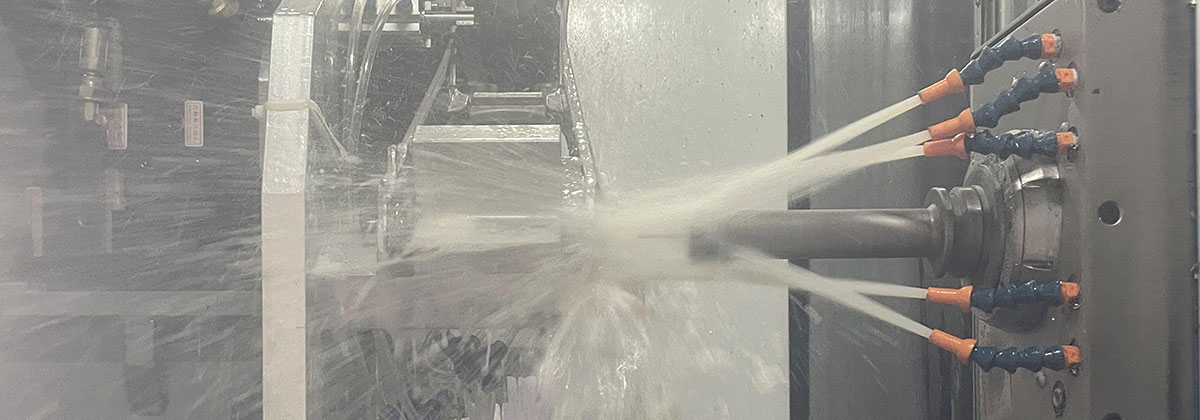Precision machining is the process of manufacturing components to a high degree of accuracy and consistency. It is a critical part of modern manufacturing and involves the use of computer-controlled machines to produce complex parts with high precision. However, when it comes to machining oversized parts, the process becomes more challenging, and additional methodologies must be employed to ensure that the parts are of the highest quality. In this article, we will explore some of the challenges associated with precision machining of oversized parts and the solutions that can be implemented to overcome them.
The Challenges of Precision Machining Oversized Parts
1. Machine Capability
Precision machining of oversized parts requires specialized machinery capable of accommodating large parts. The machine must be able to handle the weight and size of the component while maintaining the necessary accuracy and precision. This can be challenging because the larger the part, the more difficult it is to ensure that it is machined within the required tolerances.
2. Tooling
Tooling is another challenge in machining oversized parts. Standard tooling may not be suitable for large components, and specialized tooling must be designed and manufactured to accommodate the size and weight of the part. This can be a time-consuming and expensive process, and the tooling must be designed to withstand the rigors of machining large parts.
3. Material Selection
The selection of materials for oversized parts can also pose a challenge. The material must be strong enough to withstand the forces involved in machining, but it must also be machinable. Some materials may be too hard or too brittle to machine accurately and precisely. Therefore, the selection of the right material is critical to ensure a successful machining process.
4. Safety
Safety is always a significant concern in precision machining. However, it becomes even more critical when machining oversized parts. The weight and size of the component create additional risks, and safety protocols must be strictly adhered to. Any mistake can have severe consequences, including injury or damage to the machine, part, or surrounding area.
Solutions to Precision Machining Oversized Parts
1. Specialized Equipment
The use of specialized equipment designed for machining oversized parts is essential. Large machining centers with high weight capacities and large working envelopes are required to handle large components. These machines are designed to provide the necessary stability and precision required to machine large parts accurately.
2. Custom Tooling
Custom tooling designed specifically for oversized parts ensures the necessary accuracy and consistency. The tooling must be designed to accommodate the size and weight of the part while providing the required rigidity and strength. Custom tooling is more expensive than standard tooling, but it is essential to ensure a successful machining process.

3. Material Selection
The selection of the right material is critical to the success of machining oversized parts. The material must be strong enough to withstand the forces involved in machining, but it must also be machinable. The selection of the right material is a balancing act between strength and machinability.
4. Safety Protocols
Strict adherence to safety protocols is critical when machining oversized parts. The weight and size of the component create additional risks, and safety procedures must be followed to ensure the safety of the operator and everyone in the surrounding area. Safety protocols include using the appropriate personal protective equipment, following safe work practices, and ensuring that the machine is operating correctly.
Conclusion
Precision machining of oversized parts is a challenging process requiring specialized machinery, tooling, and material selection. It is essential to follow strict safety protocols to ensure the safety of the operator and those in the surrounding area. Custom tooling, machinery, and material selection are critical to the success of the process. The challenges associated with machining oversized parts can be overcome with the right equipment, tooling, material selection, and adherence to safety protocols. With these solutions, precision machining of oversized parts can be successfully achieved.
-

- Մագնեզիումի համաձուլվածքի ձուլման մասերի հեծանիվների անիվ CNC մշակմամբ և մակերեսի հարդարմամբ
-

- Էլեկտրական հեծանիվ Մագնեզիումի խառնուրդ 12 դյույմ ինտեգրված անիվ 36v10ah Էլեկտրական մոպեդ
-

- Բարձր ճշգրտության մագնեզիումի թիքսոմոլդինգ բաղադրիչների նոութբուքի պատյան Ա
-

- Էլեկտրոնային հեծանիվների ինտեգրված շրջանակի համար հարմարեցված ձուլման արտադրանքներ բարձր ճշգրտության ձուլման մասեր
-

- Մագնեզիումի համաձուլվածքի տիքսոմոլդինգի բաղադրիչներ
-

- Magnesium alloy die-casting Auto parts Front bumper Anti-collision beam

 0086-750-5616188
0086-750-5616188 +86 13392089688
+86 13392089688 sales@zhongmei-tech.com
sales@zhongmei-tech.com







